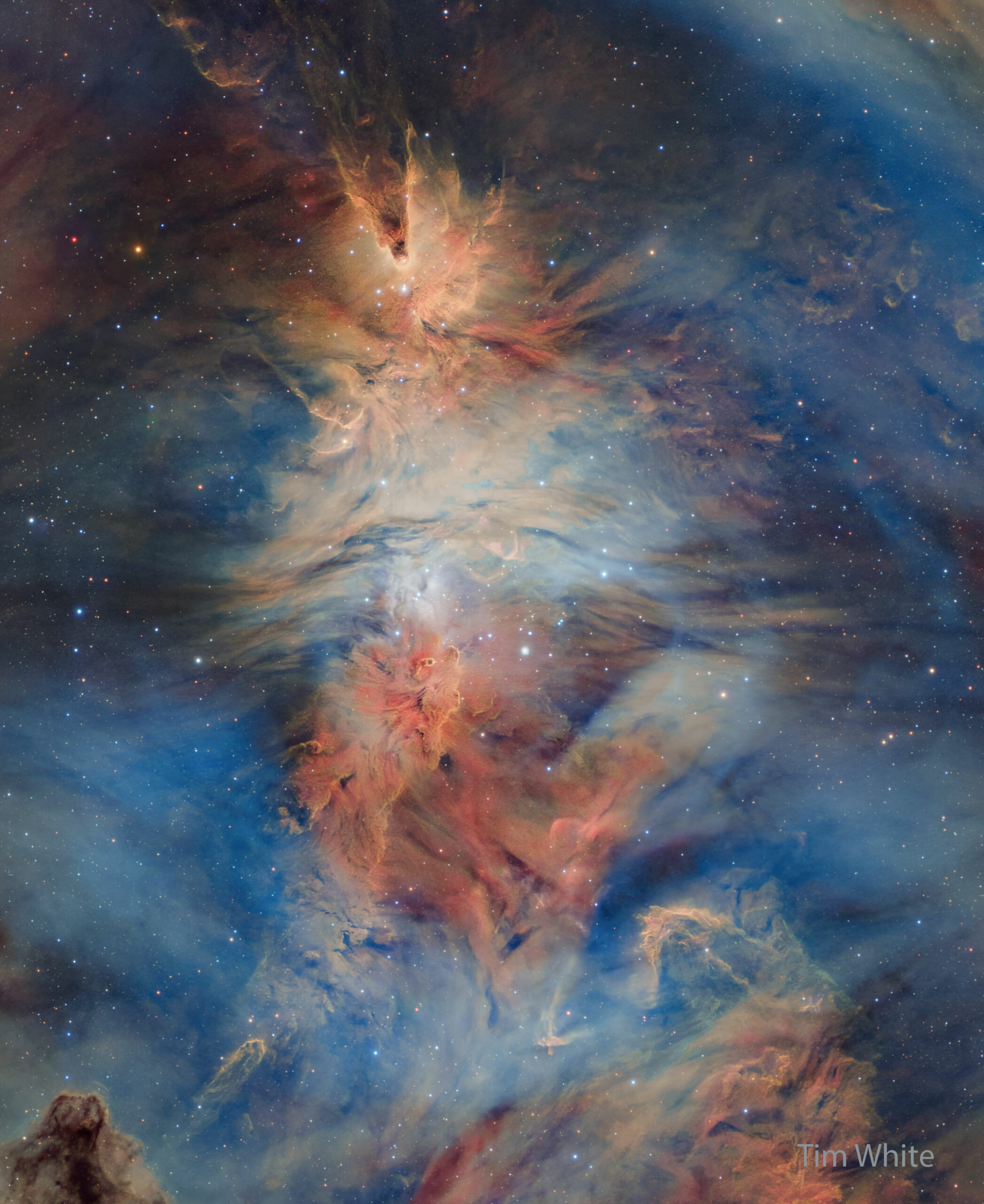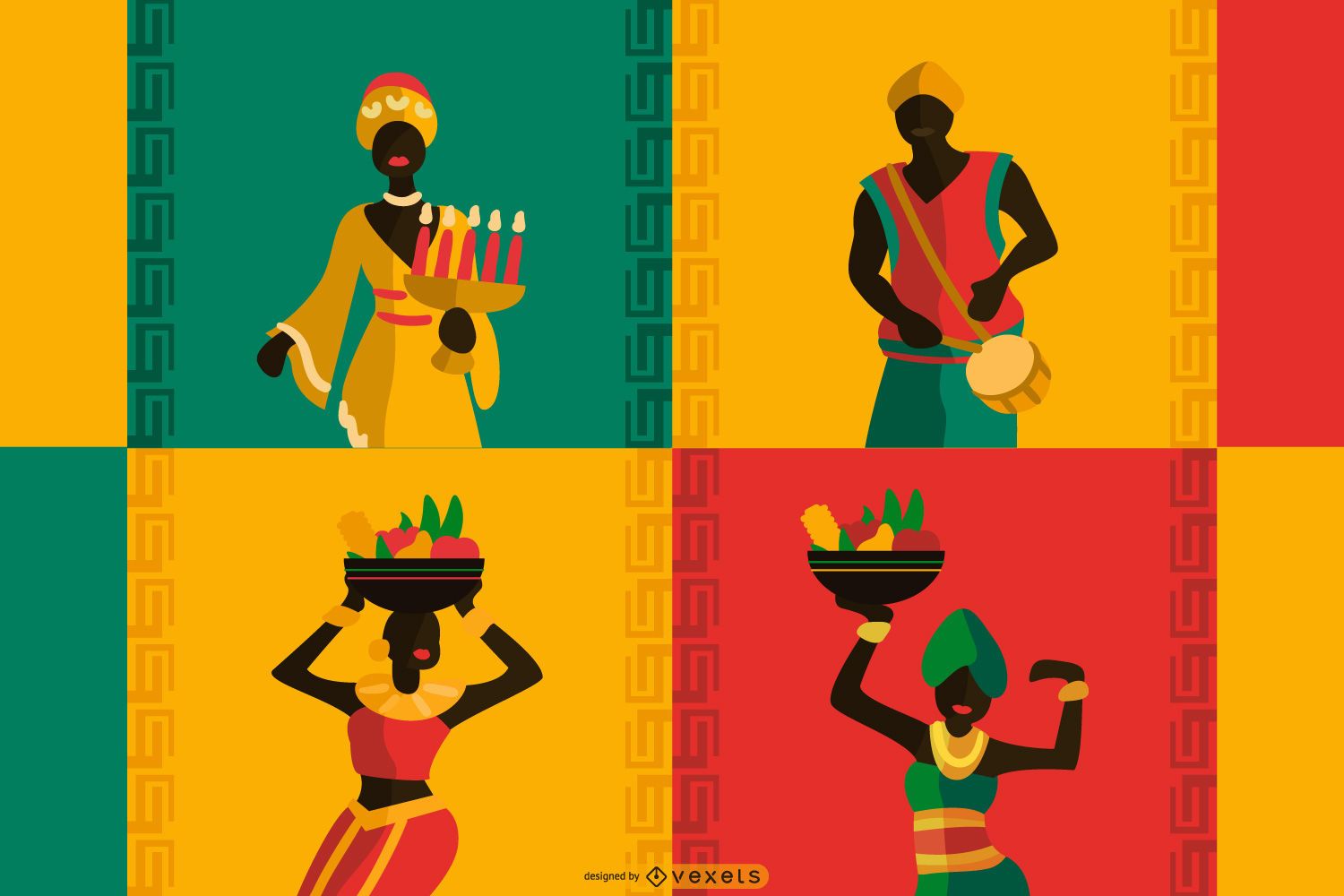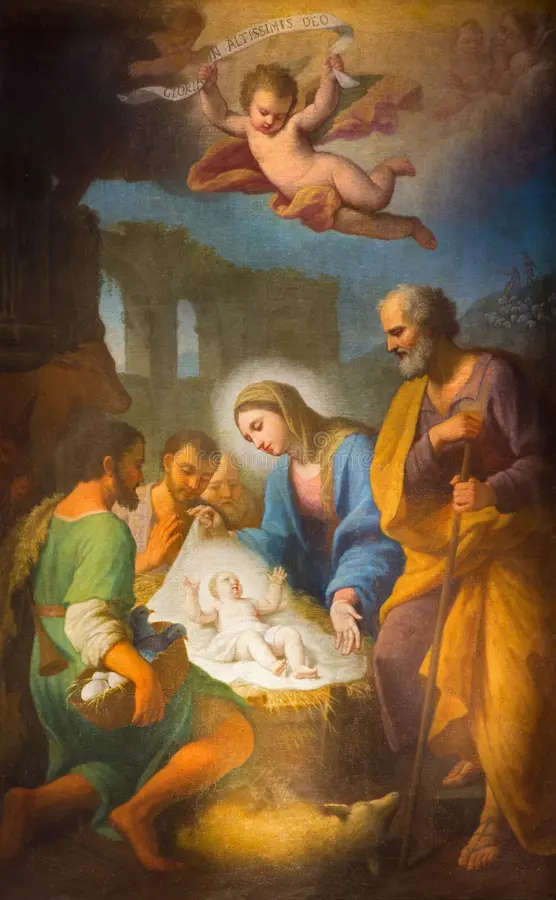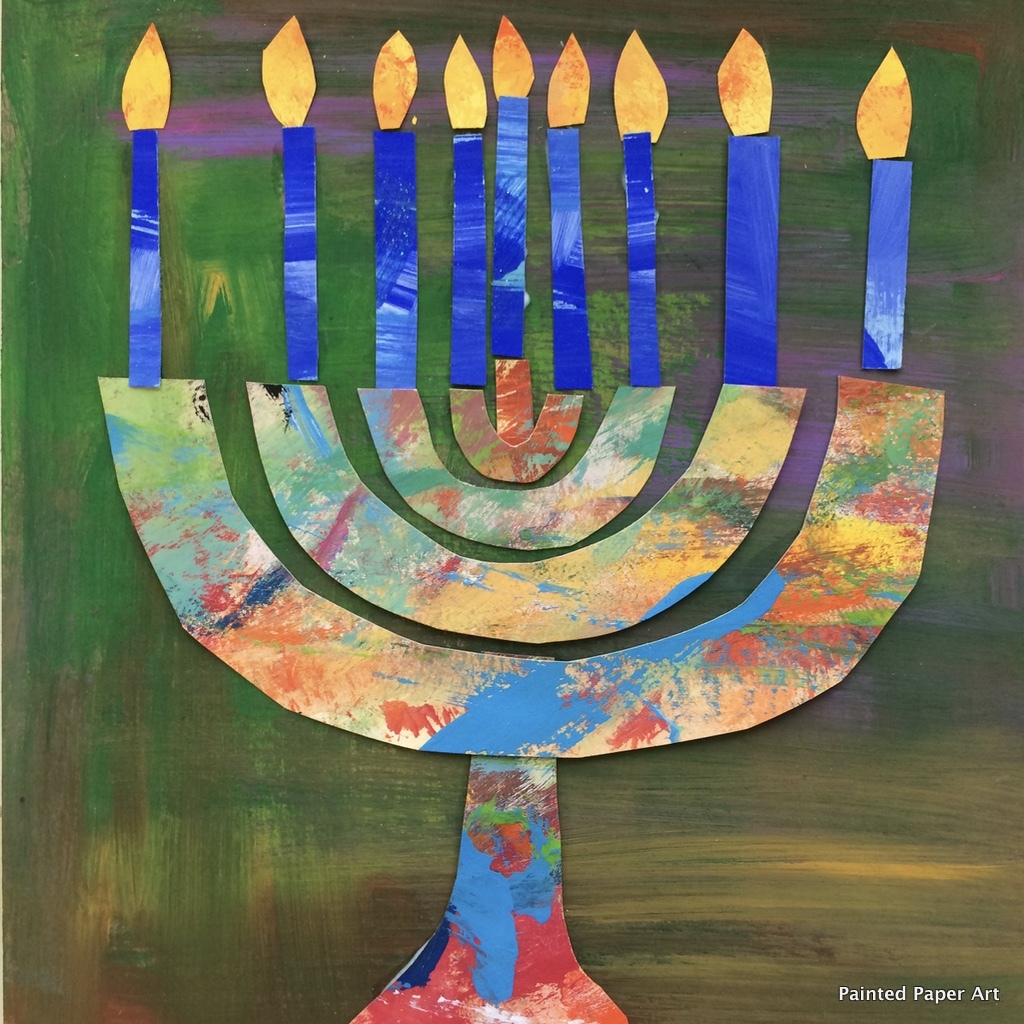Blog
George Otis Winston III (February 11, 1949 – June 4, 2023) was an American pianist performing contemporary instrumental music. Best known for his solo piano recordings, Winston released his first album in 1972, and came to prominence with his 1980 album Autumn, which was followed in 1982 by Winter into Spring and December. All three became platinum-selling albums, with December becoming a triple-platinum album. A total of 16 solo albums were released, accumulating over 15 million records sold, with the 1994 album Forest earning Winston a Grammy award for Best New Age Album. Winston received four other Grammy nominations, including one for Best Children’s Music Album, performed with actress Meryl Streep, and another for Best Contemporary Instrumental Album for his interpretation of works by the rock band the Doors.
Winston played in three styles: the melodic approach that he developed and called “rural folk piano”; stride piano, primarily inspired by Fats Waller and Teddy Wilson; and his primary interest, New Orleans rhythm and blues (R&B) piano, influenced by James Booker, Professor Longhair and Henry Butler. While the majority of his recordings were in the folk piano style, Winston mostly enjoyed playing R&B piano. His musical style has been classified as new age and sometimes classical, but he rejected both labels.
Winston also played the guitar and harmonica. His interest in the Hawaiian slack-key guitar led him to start his own record label, Dancing Cat Records.
more...Viewed face-on, grand spiral galaxy NGC 5643 has a festive appearance in this colorful cosmic portrait. Some 55 million light-years distant, the galaxy extends for over 100,000 light-years, seen within the boundaries of the southern constellation Lupus. Its inner 40,000 light-years are shown in sharp detail in this composite of Hubble Space Telescope image data. The galaxy’s magnificent spiral arms wind from a yellowish central region dominated by light from old stars, while the spiral arms themselves are traced by dust lanes, young blue stars and reddish star forming regions. The bright compact core of NGC 5643 is also known as a strong emitter of radio waves and X-rays. In fact, NGC 5643 is one of the closest examples of the Seyfert class of active galaxies, where vast amounts of dust and gas are thought to be falling into a central massive black hole.

Glyn Thomas Johns (born 15 February 1942) is an English recording engineer and record producer. He has worked with many of the most famous rock recording acts from both the UK and abroad, such as the Rolling Stones, the Beatles, the Who, Led Zeppelin, the Kinks, Eagles, Bob Dylan, the Band, Eric Clapton, the Clash, Steve Miller Band, Small Faces, the Ozark Mountain Daredevils and Joan Armatrading. Throughout his career, he has generally preferred a live, natural approach to recording in the studio, and developed a method of recording drums sometimes referred to as the “Glyn Johns method“.
The years 1964–1984 marked Johns’s peak era of activity in which he engineered or produced numerous hit records. In 1965 Johns became one of the first independent British recording engineers to operate freelance rather than under the hire of a particular record label or studio. He was involved in making some of the most influential albums of the rock era such as Beggars Banquet and Let It Bleed by the Rolling Stones, Who’s Next by the Who, and Led Zeppelin’s debut album. Johns was the chief engineer during the Beatles’ Get Back sessions for what became the Let It Be album, as documented in the films Let It Be (1970) and The Beatles: Get Back (2021). Since 1984 Johns has continued to be active in the industry.
Johns is the father of Ethan Johns, and the older brother of Andy Johns (1950–2013), all three of whom shared the same career. In addition to his work as an engineer and producer, Johns has recorded as a solo musical artist. In 2012, Johns was inducted into the Rock and Roll Hall of Fame, receiving the Award for Musical Excellence.
more...William Fredrick Bean (December 26, 1933 – February 6, 2012) was an American jazz guitarist from Philadelphia.
Bean was born into a musical family in Philadelphia. His mother played the piano. His father was an amateur singer and guitarist, and his sister was a professional singer. He started on guitar at the age of twelve.
His father taught him some of the basics on guitar before he received lessons from Howard Herbert.Then he studied for about one year with Dennis Sandole. During the late 1940s and 1950s, he performed at venues in the Philadelphia area. In the mid-1950s, he moved to New York City and recorded with Charlie Ventura and Red Callender, and in 1958 he moved to Los Angeles to record for Decca. In Los Angeles, he worked with Buddy Collette, Paul Horn, John Pisano, Bud Shank, Milt Bernhart, Les Elgart, Herb Geller, Lorraine Geller, Calvin Jackson, and Zoot Sims.
more...John Scofield (born December 26, 1951 Dayton, OH) is an American guitarist and composer. His music over a long career has blended jazz, jazz fusion, funk, blues, soul and rock. He first came to mainstream attention as part of the band of Miles Davis; he has toured and recorded with many prominent jazz artists including saxophonists Eddie Harris, Dave Liebman, Joe Henderson, and Joe Lovano; keyboardists George Duke, Joey DeFrancesco, Herbie Hancock, Larry Goldings, and Robert Glasper; fellow guitarists Pat Metheny, John Abercrombie, Pat Martino, and Bill Frisell; bassists Marc Johnson and Jaco Pastorius; and drummers Billy Cobham and Dennis Chambers. Outside the world of jazz, he has collaborated with Phil Lesh, Mavis Staples, John Mayer, Medeski Martin & Wood, and Gov’t Mule.
more...Considered as a star forming region and cataloged as NGC 2264, the complex jumble of cosmic gas and dust is about 2,700 light-years distant and mixes reddish emission nebulae excited by energetic light from newborn stars with dark interstellar dust clouds. The featured image spans an angle larger than a full moon, covering over 50 light-years at the distance of NGC 2264. Its cast of cosmic characters includes the Fox Fur Nebula, whose convoluted pelt lies just to the left of the image center, bright variable star S Monvisible just to the right of the Fox Fur, and the Cone Nebula near the image top. With the Cone Nebula at the peak, the shape of the general glow of the region give it the nickname of the Christmas Tree Cluster, where stars are tree ornaments.

Christophe Kenner (December 25, 1929 – January 25, 1976) was an American, New Orleans–based R&Bsinger and songwriter, best known for two hit singles in the early 1960s, “I Like It Like That” and “Land of 1000 Dances“, which became staples in the repertoires of many other musicians.
Born on Christmas Day, in the farming community of Kenner, Louisiana, upriver from New Orleans,Kenner sang gospel music with his church choir. He moved to New Orleans when he was in his teens, to work as a stevedore.
In 1955 he made his first recordings, for a small label, Baton Records, without success. In 1957, he recorded his “Sick and Tired” for Imperial Records. Kenner’s recording reached No. 13 on the BillboardR&B chart. Fats Domino covered it the next year, and his version became a hit on the pop chart.“Rocket to the Moon” and “Life Is Just a Struggle”, both cut for Ron Records, were other notable songs Kenner recorded in this period.
more...Oscar Frederic Moore (December 25, 1916 – October 8, 1981) was an American jazz guitarist with the Nat King Cole Trio.
The son of a blacksmith, Moore was born in Austin, Texas, United States. The Moore family moved to Phoenix, Arizona, where he began performing with his older brother Johnny, who played both trombone and guitar. After moving to Los Angeles, he participated in his first recording session for Decca as part of the Jones Boys Sing Band led and arranged by Leon René. The group attracted local attention on radio and in two short films for MGM directed by Buster Keaton. Soon after, Moore accompanied pianist Nat King Cole at the Swanee Inn in North La Brea, Hollywood. He spent ten years with Cole in the piano-guitar-bass trio format, that influenced Art Tatum, Oscar Peterson, Ahmad Jamal.
more...Don Gabriel Pullen (December 25, 1941 – April 22, 1995 Roanoke, VA) was an American jazz pianist and organist. Pullen developed a strikingly individual style throughout his career. He composed pieces ranging from blues to bebop and modern jazz. The great variety of his body of work makes it difficult to pigeonhole his musical style.
In 1964, he went to Chicago, Illinois, for a few weeks, where he encountered Muhal Richard Abrams‘ philosophy of making music. He then headed for New York, where he was soon introduced to avant-garde saxophonist Giuseppi Logan, who invited Pullen to play piano on his two albums, Giuseppi Logan(ESP, October 1964) and More (ESP, May 1965), both exercises in structured free playing.
Subsequently, Pullen and Milford Graves formed a duo. Their concert at Yale University in May 1966 was recorded. They formed their own independent SRP record label (standing for “Self Reliance Project”) to publish the result as two LPs. These were the first records to bear Pullen’s name, second to Graves’. Although not greatly known in the United States, these avant-garde albums were well received in Europe, most copies being sold there. In 2020, Corbett vs. Dempsey released the contents of both albums on a CD titled The Complete Yale Concert, 1966.
more...Cabell Calloway III (December 25, 1907 – November 18, 1994 Rochester, NY) was an American jazz singer and bandleader. He was a regular performer at the Cotton Club in Harlem, where he became a popular vocalist of the swing era. His niche of mixing jazz and vaudeville won him acclaim during a career that spanned over 65 years.
Calloway was a master of energetic scat singing and led one of the most popular dance bands in the United States from the early 1930s to the late 1940s. His band included trumpeters Dizzy Gillespie, Jonah Jones, and Adolphus “Doc” Cheatham, saxophonists Ben Webster and Leon “Chu” Berry, guitarist Danny Barker, bassist Milt Hinton, and drummer Cozy Cole.
Calloway had several hit records in the 1930s and 1940s, becoming the first African-American musician to sell one million copies of a record. He became known as the “Hi-de-ho” man of jazz for his most famous song, “Minnie the Moocher“, originally recorded in 1931. He reached the Billboard charts in five consecutive decades (1930s–1970s). Calloway also made several stage, film, and television appearances until his death in 1994 at the age of 86. He had roles in Stormy Weather (1943), Porgy and Bess (1953), The Cincinnati Kid (1965), and Hello Dolly! (1967). His career enjoyed a marked resurgence from his appearance in the 1980 film The Blues Brothers.
Calloway was the first African-American to have a nationally syndicated radio program.[5] In 1993, Calloway received the National Medal of Arts from the United States Congress. He posthumously received the Grammy Lifetime Achievement Award in 2008. His song “Minnie the Moocher” was inducted into the Grammy Hall of Fame in 1999, and added to the Library of Congress‘ National Recording Registry in 2019. In 2022, the National Film Registry selected his home films for preservation as “culturally, historically or aesthetically significant films”. He was inducted into the Big Band and Jazz Hall of Fame and the International Jazz Hall of Fame.
more...Mohammed Rafi (24 December 1924 – 31 July 1980) was an Indian playback singer. He is considered to have been one of the greatest and most influential singers of the Indian subcontinent. Rafi was notable for his versatility and range of voice; his songs varied from fast peppy numbers to patriotic songs, sad numbers to highly romantic songs, qawwalis to ghazals and bhajans to classical songs. He was known for his ability to mould his voice to the persona and style of the actor lip-syncing the song on screen in the movie. He received six Filmfare Awards and one National Film Award. In 1967, he was honored with the Padma Shri award by the Government of India. In 2001, Rafi was honoured with the “Best Singer of the Millennium” title by Hero Honda and Stardust magazine. In 2013, Rafi was voted for the Greatest Voice in Hindi Cinema in the CNN-IBN’s poll.
He recorded songs for over a thousand Hindi films and in many Indian languages as well as some foreign languages, though primarily in Urdu and Punjabi, over which he had a strong command. He recorded as many as 7,000 songs throughout his career, spanning several languages and dialects such as Konkani, Assamese, Bhojpuri, Odia, Bengali, Marathi, Sindhi, Kannada, Gujarati, Tamil, Telugu, Magahi, Maithili, etc. Apart from Indian languages, he also sang in some foreign languages, including English, Persian, Arabic, Sinhala, Mauritian Creole, and Dutch.
more...More Posts
- World Music with Alhaji Bai Konte
- Daily Roots with Prince Alla & the Twinkle Bros
- The Cosmos with NGC 6302
- John Patitucci Day
- Lil Green Day
- Reunald Jones Day
- World Music with Petroloukas Halkias & Vasilis Kostas
- Daily Roots with the Gatherers
- Happy Winter Solstice 2019
- The Cosmos with M65
- Paco De Lucia Day
- Frank Zappa Day
- Hank Crawford Day
- Harmonic Slim Day
- World Music with Kankou Condé ft. Abdoulaye Keita
- Daily Roots with Time Unlimited
- Shabbat for the Soul
- The Cosmos with NGC 3324
- Billy Bragg Day
- Larry Willis Day




